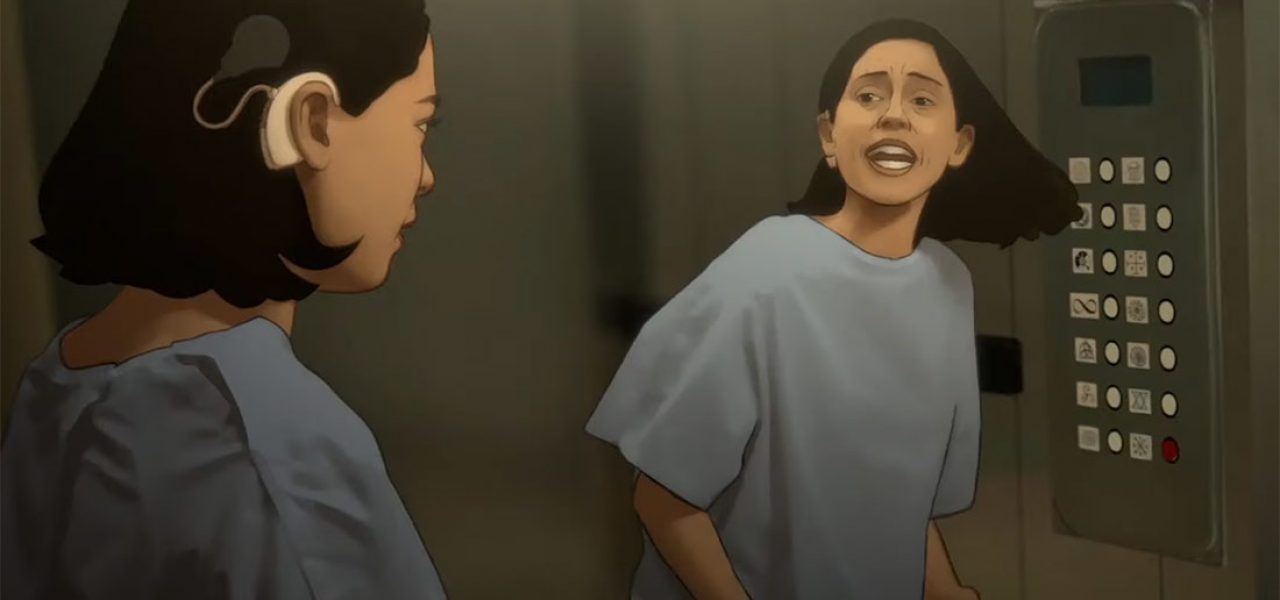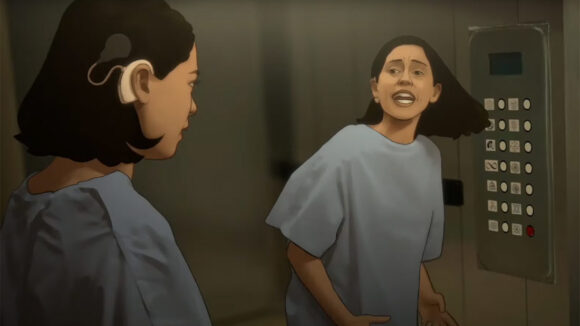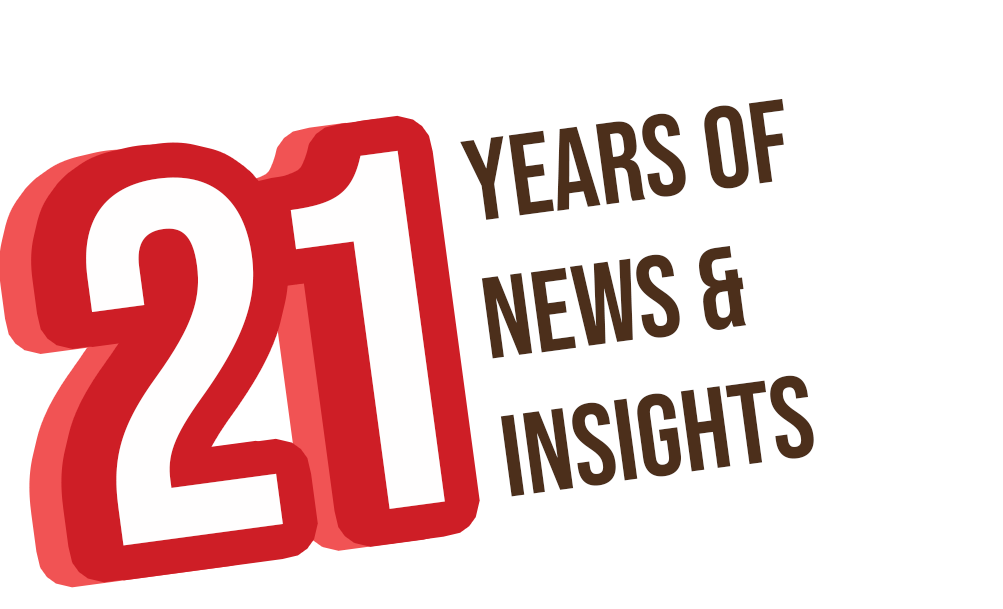

The Bold Mix Of Animation Techniques In Amazon’s ‘Undone’ Is A Wake-Up Call For The TV Industry
Techniques are to animation filmmakers what instruments are to musicians — the use of different techniques allows for a textured and expressive approach to animation storytelling, and the real magic happens when different production techniques are combined to create visual experiences that aren’t possible in any other medium.
The unique results made possible from mixing techniques is plainly evident in all the clips we’ve seen so far from Amazon Prime’s upcoming series Undone, which will debut on the streaming service this Friday, September 13. A new behind-the-scenes look at the show’s production process, posted below, offers some insights into its custom blend of rotoscope, drawn animation, cg, and oil painting.
In the video, Tommy Pallotta, executive producer on the series, talks about the show’s unusual mix of techniques: “I think Undone works in the uncanniness of the reality, but the unreality at the same time — and I think that puts you into her mindset in a very visceral way, that you can actually sort of experience it the way that she’s experiencing it.”
The innovative mash-up is courtesy of Dutch showrunner Hisko Hulsing, who although being a new name in Hollywood animation, is quite well known in the independent animation community for award-winning shorts like Junkyard and Seventeen, as well as the animation sequences in the Kurt Cobain documentary Montage of Heck.
Early comments about the show have been effusive in praise: one reviewer called it “indescribably great television” and the “best [show] Amazon has ever produced”, while another viewer described it as a “masterpiece” that is “one of the most beautiful shows in years”.
While the making-of vid is light on production details, one thing is abundantly evident: Hulsing and his team have completely broken conventional tv pipelines for Undone. There is nothing else in television made using this production process, which is kind of remarkable when one considers how many animated series are produced annually. The show’s embrace of rotoscoping and painterly aesthetics, in addition to cg and drawn animation, is a big deal in an industry where techniques are largely reduced to the binary decision of 2d or cgi.
In the American tv animation industry, there’s a startling lack of choices for showrunners about how best to tell their stories. The typical debate of whether animation should be 2d or cg is one borne of a lack of imagination about all the different ways that animation can be produced, and the infinite ways in which techniques can be integrated together. If we continue using the analogy that animation techniques are like instruments, imagine if the music industry insisted that musicians create songs exclusively with only two instruments: say, pianos and guitars. Such a limitation would be crippling to the music world, yet American animation has hobbled along for years within this almost inconceivably narrow range of expressive possibilities.
It doesn’t need to be that way: Hulsing’s mixed-technique approach for the series, which is bold for commercial tv animation, is actually quite common in independent filmmaking. After all, it’s a filmmaker’s job to discover the right mix of techniques to tell their story. All one has to do is attend an animation festival to see the inspiring array of technical approaches and stylistic choices possible in animation.
Only recently has series animation started to embrace more diverse mixes of techniques — think Becca’s Bunch, Gumball, or Love, Death & Robots. Amazon’s new series follows in the recent tradition of these shows, and may end up being one of the most effective mixed-media approaches in a series format yet. Its liberated use of techniques could do a lot to evolve the public’s perception of what animation is capable of a medium, and will hopefully encourage other creators to use the animation medium to its fullest potential.

.png)